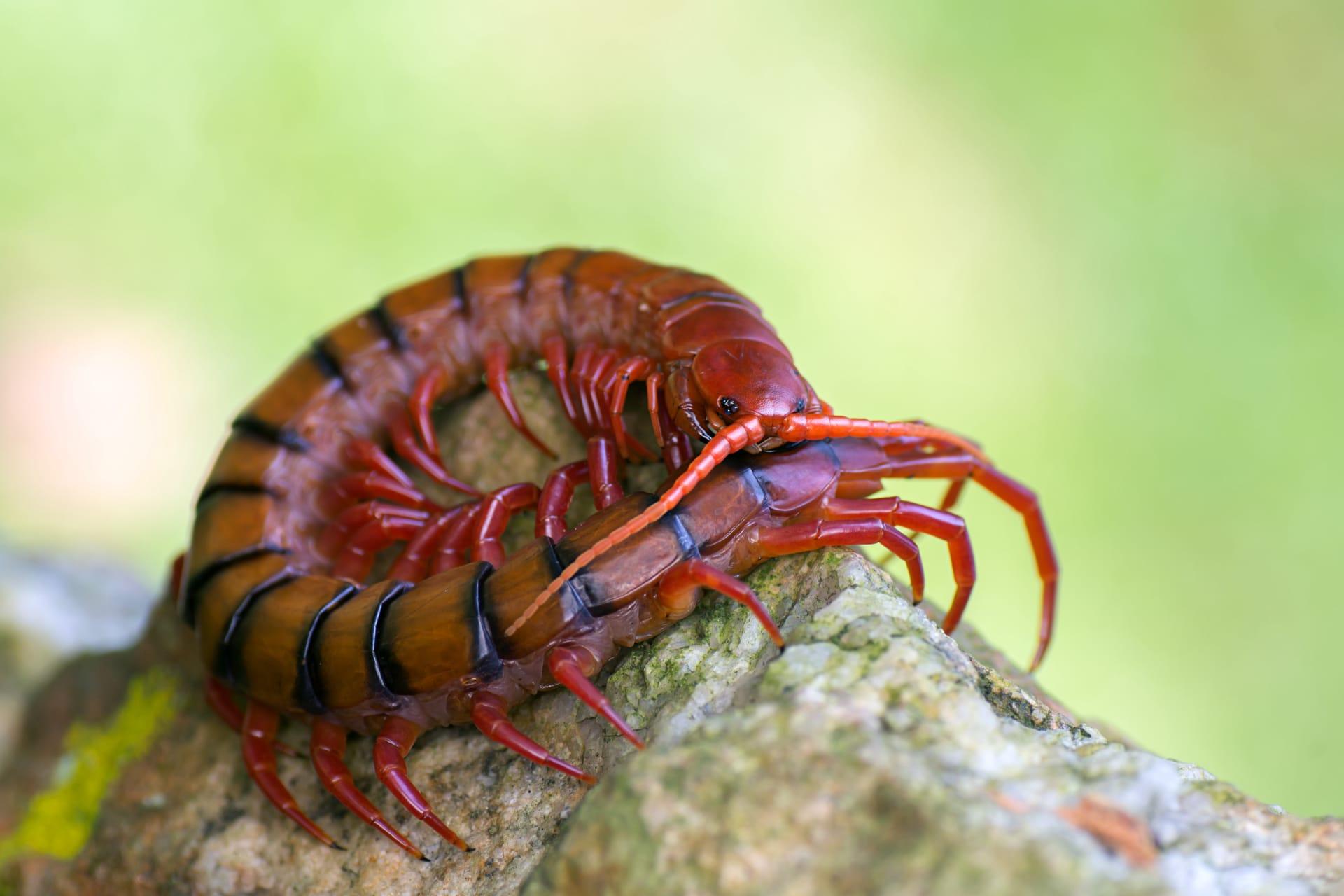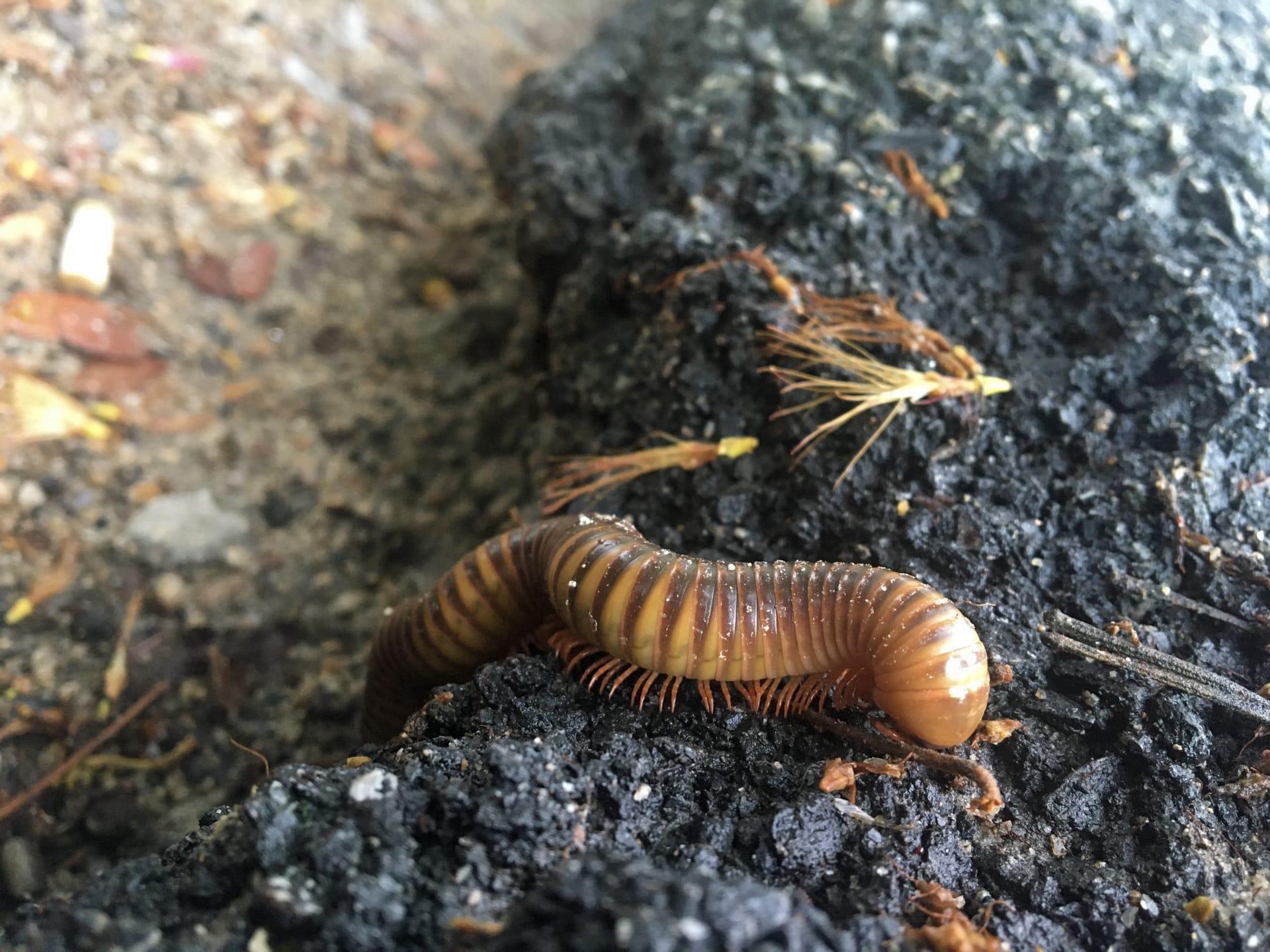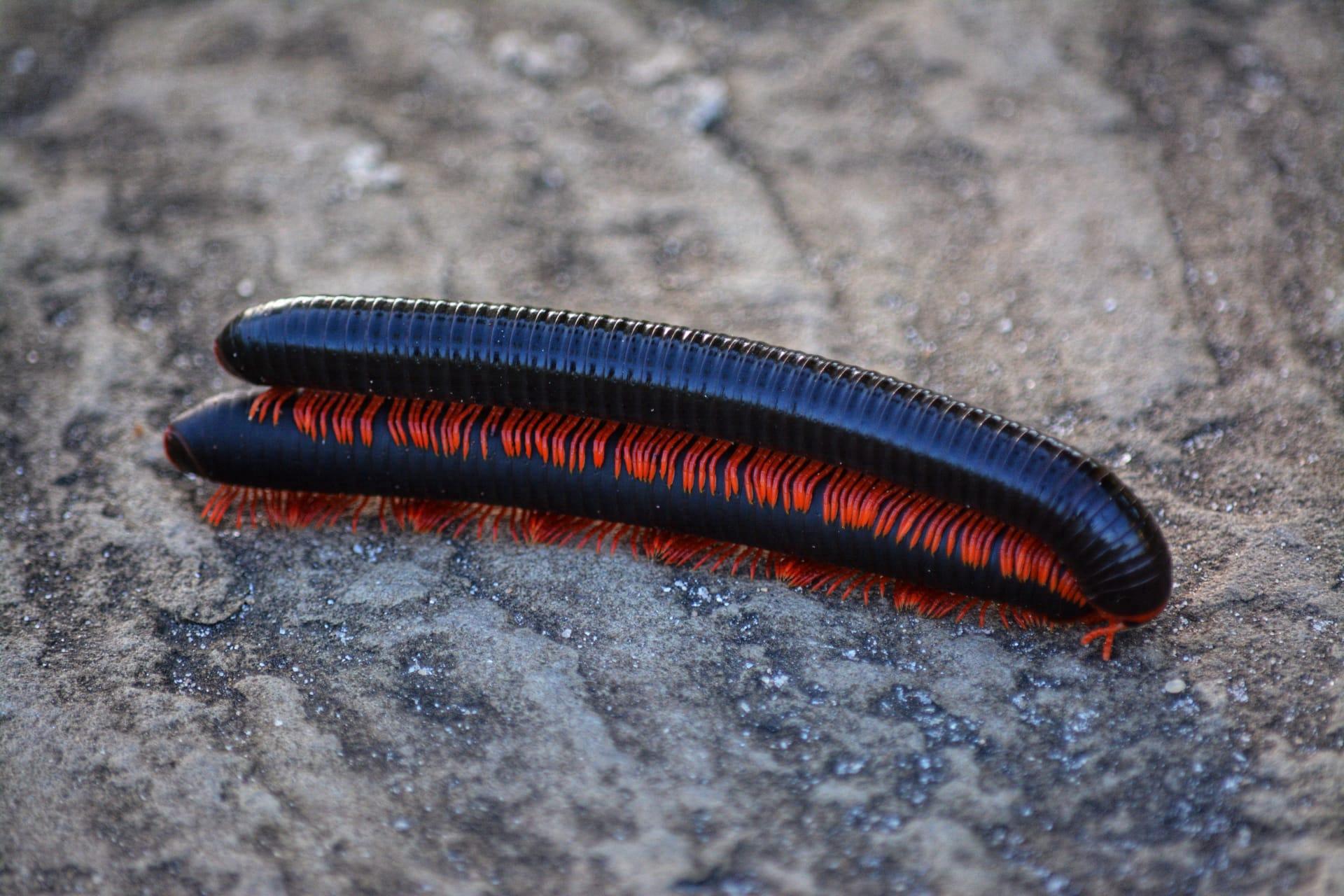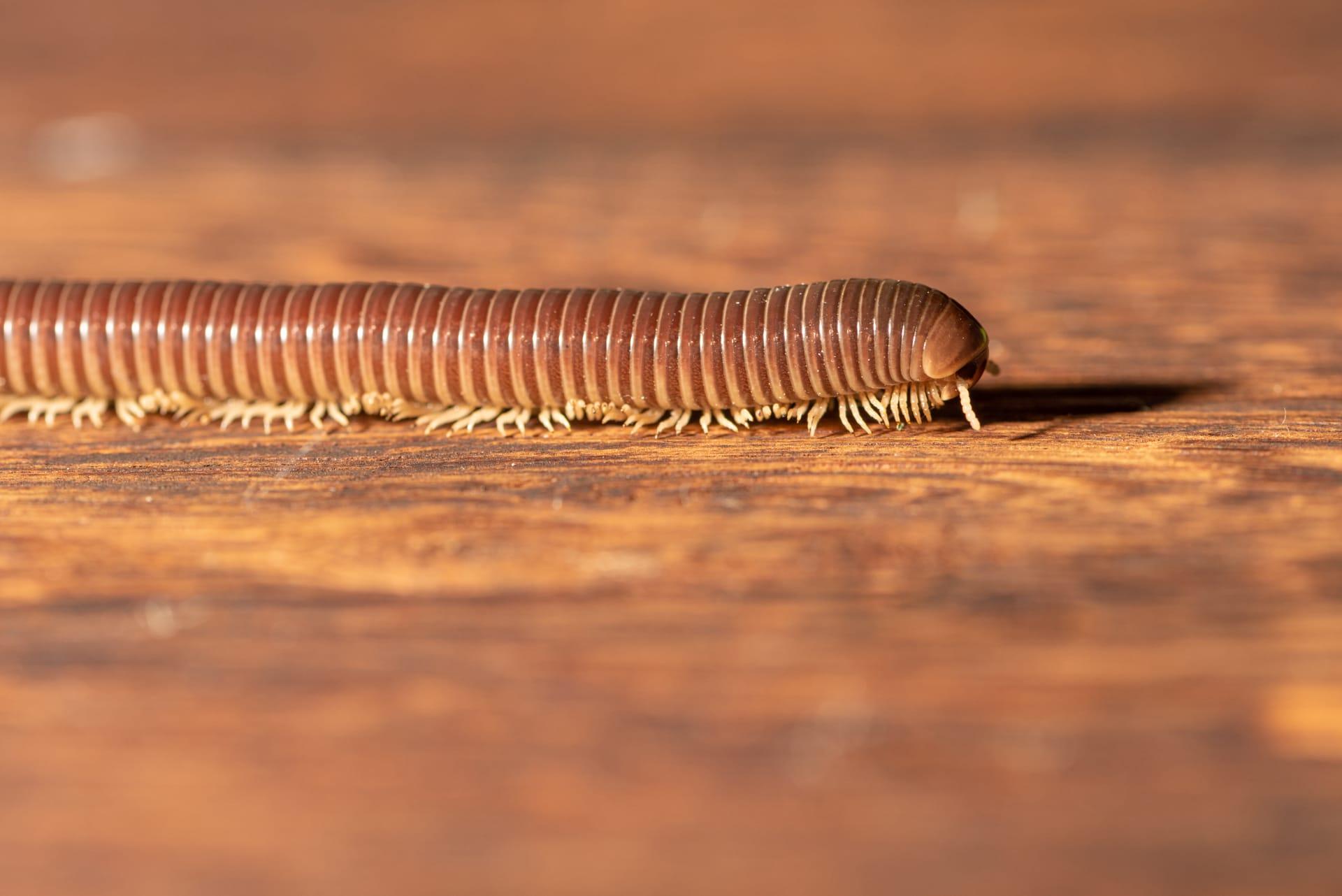Centipede
- Home /
- Mini Encyclopedia /
- Animal /
- Centipede
1
Centipedes belong to the class Chilopoda, which is part of the arthropod phylum. This class includes over 3,000 species, grouped into five orders: Scutigeromorpha, Lithobiomorpha, Craterostigmomorpha, Scolopendromorpha, and Geophilomorpha. Each order has unique characteristics, such as body segment number and leg length. For example, Scutigeromorphs have long legs and are fast runners, while Geophilomorphs have many body segments and are typically found in soil.
Centipedes are found on every continent except Antarctica, thriving in various habitats, from tropical rainforests to deserts. They are more abundant in warm, moist environments but can also be found in arid areas. The distribution of specific species varies; for instance, the giant centipede (Scolopendra gigantea) is native to South America, while the common house centipede (Scutigera coleoptrata) is found worldwide in human dwellings.

2
Question: Do centipedes have 100 legs?
Answer: Contrary to popular belief, centipedes do not always have 100 legs. The number of legs a centipede has varies depending on the species and its age. Most centipedes have between 15 and 177 pairs of legs, with one pair per body segment. The exact number of legs can change throughout their life, as centipedes grow new segments and legs during molting.

3
Centipedes are nocturnal predators, using their speed and venomous bite to capture prey. They primarily feed on insects and spiders, using their modified front legs, called maxillipeds, to inject venom into their prey. This venom is powerful enough to immobilize small prey quickly.
Centipedes have developed several strategies for survival. Their exoskeletons provide protection against physical damage and dehydration. Additionally, they are adept at burrowing and hiding in dark, moist places during the day to avoid predators. Some species also exhibit parental care, with the female guarding the eggs until they hatch.

4
In ecosystems, centipedes play a crucial role as predators. They help control populations of insects and other small invertebrates, contributing to the balance of these communities. By preying on various species, centipedes maintain ecological equilibrium, preventing any single species from becoming too dominant.
Centipedes also serve as food for larger predators, such as birds, reptiles, and mammals. This makes them an integral part of the food web. Additionally, their burrowing behavior aids in soil aeration and nutrient cycling, further supporting the health of their habitats.

5
Film: "Life in the Undergrowth" is a BBC nature documentary series released in 2005, narrated by David Attenborough. The series, including an episode on centipedes, explores the fascinating world of invertebrates. It provides an in-depth look at the life and behavior of centipedes, showcasing their hunting strategies and survival techniques.
Book: "The Secret World of Centipedes" by James R. Barnes, published in the United States in 2011, delves into the mysterious life of centipedes. This book offers a comprehensive overview of their biology, behavior, and role in the ecosystem, presented in an engaging and accessible manner.
Book: "Centipedes: Masters of the Night" by Sarah L. Parker, released in Canada in 2018, is a captivating exploration of centipedes. Parker's book combines scientific research with vivid descriptions, shedding light on the nocturnal activities of these often-misunderstood creatures and their significance in natural habitats.